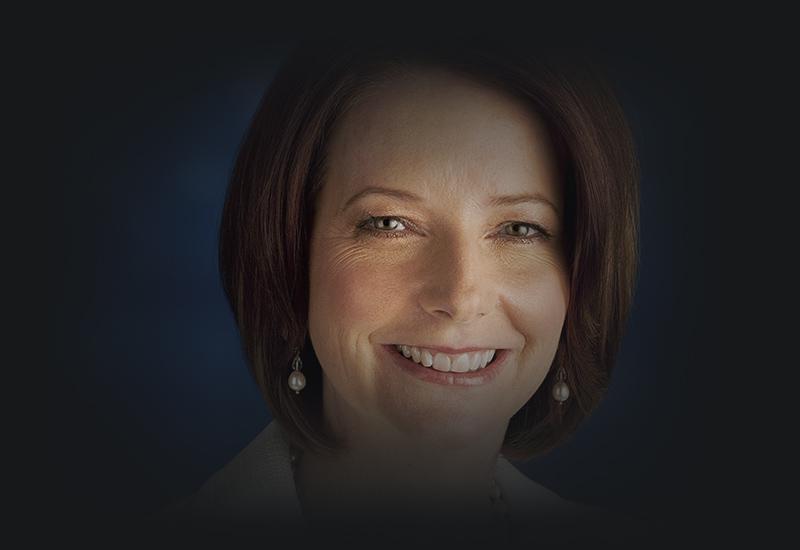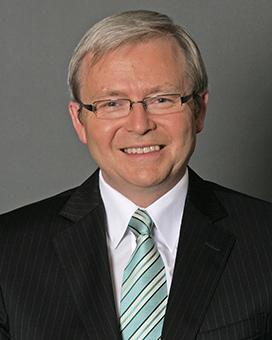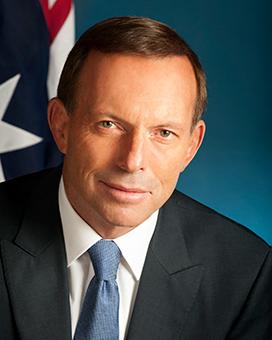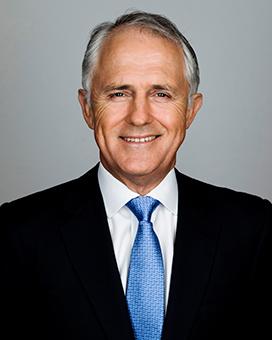3 October 1998
The Labor Party won 67 seats in the House of Representatives, among them the seats of Lalor in Victoria and Griffith in Queensland, which brought both Julia Eileen Gillard and Kevin Rudd into the House.
The Liberal–National Coalition elected in 1996 retained government with a reduced majority in the House of Representatives, with the Liberal Party holding 64 seats and the National Party 16. Only 1 Independent won a seat at this election, the Member for Calare, Peter Andren. In the Senate, the Labor Party won 17 seats, the Liberal Party 15 seats and the National Party 1, with 1 Northern Territory Country Liberal Party senator. The Australian Democrats won 4 seats, the One Nation Party won 1 of the Queensland Senate seats, and Brian Harradine, the sole Independent senator, 1 of the Tasmanian seats.
10 November 2001
The Liberal Party increased its House of Representatives seats to 69, the National Party won 13 seats, the Labor Party 65, and there were 3 Independents. While Labor was reduced to 65 seats and in Queensland the swing against Labor was 1.7 per cent, Gillard held her seat of Lalor. In the Senate, Labor won 14 seats, the Liberal Party 17 seats and the National Party 2, with 1 Northern Territory Country Liberal Party senator. The Australian Democrats won 4 seats, and the Australian Greens 2. Queensland's One Nation Party won 1 of the state's Senate seats.
9 October 2004
Gillard held Lalor although the Coalition again increased its majority in the House of Representatives, with the Liberal Party winning 74 seats, the National Party 12 seats and the Northern Territory Country Liberal Party 1 seat. The Labor Party won 60 seats, and 3 Independents were elected. In the Senate, the Coalition parties won 21 seats. The Labor Party won 16 seats, the Australian Greens won 2 seats and the Family First Party won 1 of Victoria's seats. When the new senators took their seats in July 2005, the government had a majority in the Senate for the first time since 1981.
24 November 2007
The Australian Labor Party led by Rudd won government at Australia's 42nd federal election with a clear majority in the House of Representatives, winning 83 of the 150 seats. The Liberal Party won 55 seats, the National Party 10, and 2 Independents were elected. As Deputy Leader of the Labor Party, Gillard made history at this election by becoming the first woman Deputy Prime Minister of Australia. Of the 40 Senate seats contested, the Labor Party won 18, the Liberal Party 15, the National Party 2 and the Greens 3. One of the 2 Northern Territory seats went to the Country Liberal Party and there was 1 successful non-affiliated candidate.
21 August 2010
The Labor Party, led by Gillard from 24 June 2010 when the parliamentary party voted to replace Rudd as leader, won 72 of the 150 seats in the House of Representatives, failing to secure the majority necessary to form a government. Coalition seats totalled 73 – the Liberal Party's 44, the National Party's 7 and 1 seat won by the Northern Territory Country Liberal Party, plus the 21 seats won by Queensland's Liberal National Party, formed in July 2008.
Neither the Australian Labor Party nor the Coalition had the necessary majority and gave the 4 Independents and the first Greens Member a key role in determining who would have their support and be able to form a government. Queensland Member Bob Katter, a former member of the National Party, decided to support the Coalition parties, while the other 3 Independents – Rob Oakeshott, Tony Windsor and Andrew Wilkie – and the Greens' Adam Bandt all gave their support to the Labor Party, which then formed a minority government led by Prime Minister Gillard.
Of the 40 seats contested at this half-Senate election, Labor won 15, Australian Greens 6, Liberal Party 12, National Party 2, Queensland's Liberal National Party 3, Democratic Labor Party 1 and Northern Territory Country Liberal Party 1. This result meant that with the new senators commencing service on 1 July 2011, the government had 31 seats to the Coalition's 34, with the Australian Greens holding 9 seats and the remaining 2 held by the new Democratic Labor Party's John Madigan and Independent Nick Xenophon.
These brief election results relate only to this Prime Minister. They are drawn from the online sources below, where further information on Australia's federal elections can be found.





